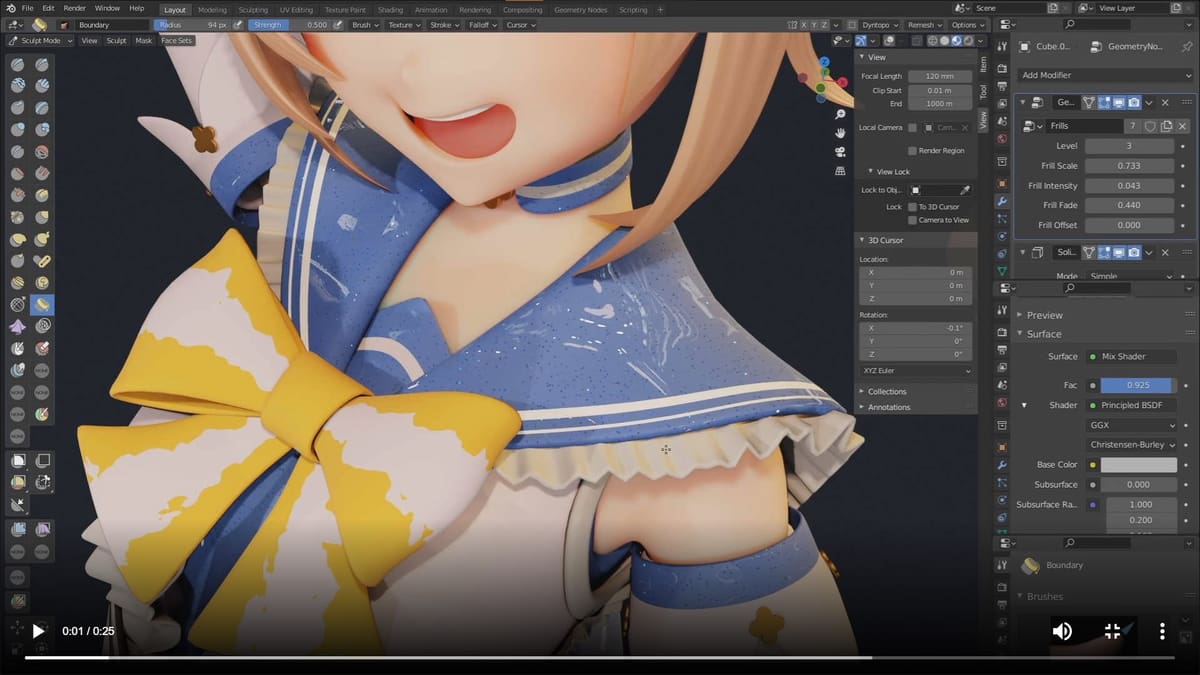We’ll cut straight to the chase: It’s not possible to get a full version of Autodesk’s Maya 2026 for keeps without paying some cash. However, there are ways to get a free trial, a free limited education version, and you can save money off of the retail price if you are eligible for the “Indie” license. Here’s how.
Trial versions let you give the software a test run, and there is an educational license for students and teachers. But if your trial is over and you aren’t a member of an educational institution, chances are you’ll have to shell out some cash.
Alternatively, you can check out a few of the lighter-weight versions of Maya or opt for a different program with similar features – we will detail both in this article. Also, there are great free Maya alternatives that are worth looking into.
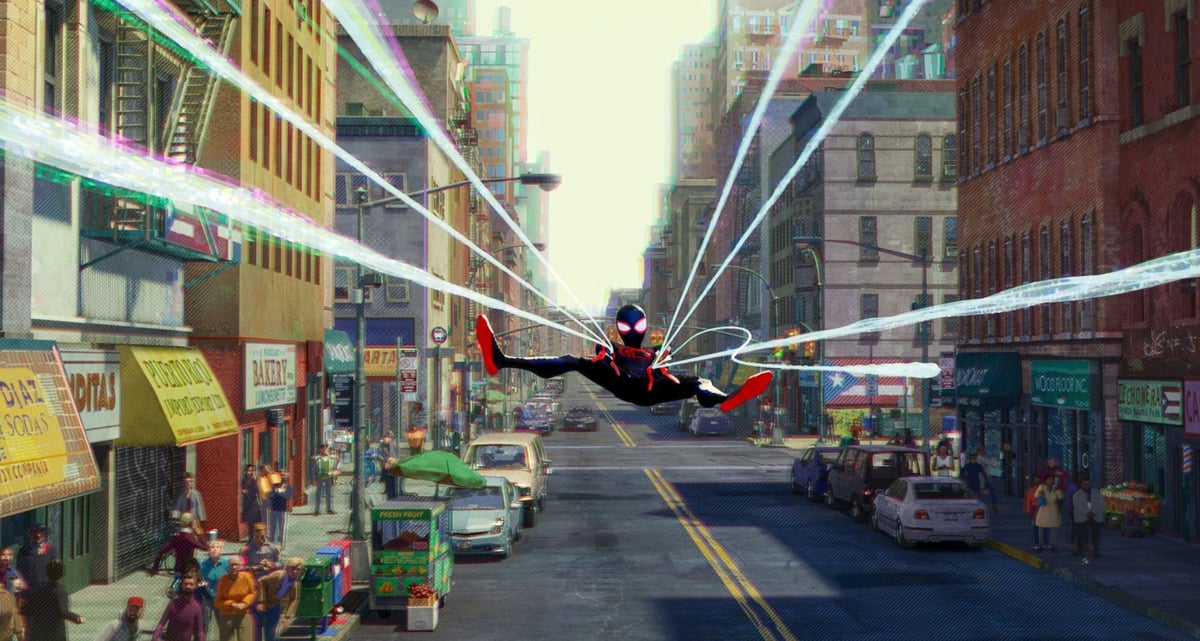
An industry standard for a large part of its 24-year lifespan, Autodesk Maya is powerful 3D animation software used by industry professionals for high-quality visual effects and motion graphics.
High-profile successes of work that used Maya early on in its lifetime have cemented the program’s status, with it said that a large number of Best Visual Effects Academy Award winners throughout the 2000s went to films that used the software in their development.
Maya found favor for its customizable workspaces, allowing users to tweak the software to suit their workflow. 3D modeling capability comes in Maya’s polygon, NURBs, and sculpture modeling tools, plus a UV editing tool, are but a baffling array of animation and rigging tools beyond pure modeling that give it its edge.
Autodesk Maya 2026 introduces several enhancements and new features across its core functionalities, which we cover below. But first, here’s how to get your hands on the software without spending a lot of cash.
Full Free (Trial) Version of Maya 2026
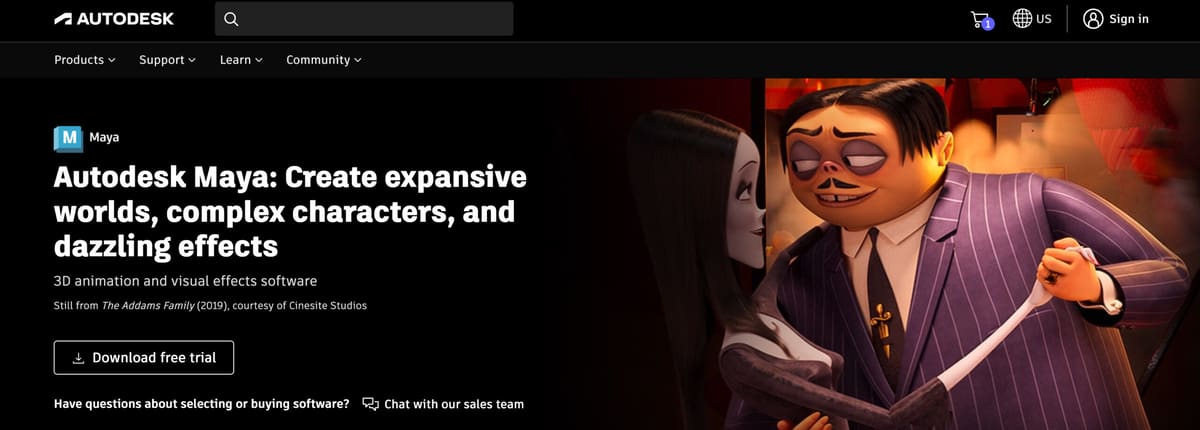
Getting your hands on limited-time access to the full version of Autodesk Maya is easy. Autodesk offers a 30-day trial for the program, which can be accessed from the Autodesk website. The trial includes all of the available features that come with the licensed version but is limited to testing and evaluation. The trial version may not be used for commercial or non-profit purposes.
Follow these steps to get yourself up and running:
- Go to the Maya product overview and click “Download free trial”.
- Read the system requirements notice. Click “Next”.
- Select the preferred version. Then, click “Next”.
- Choose the type of user that best fits you from the drop-down menu. Choose your language. And click “Next”.
- Enter your personal information to create an Autodesk account. Alternatively, sign in to your existing Autodesk account.
- Enter your business information, if any, then click “Next”.
- On the download page, choose your preferred version and operating system once again and click “Install”.
- Read and accept the Autodesk Terms of Use to start the download.
- Install and start using the free trial.
The free trial version is a great way to learn the ropes of the software and decide whether it’s the right fit for you. Of course, 30 days are not nearly enough time to explore all functionalities of this powerful software, and it’s not supposed to.
If you’re new to 3D modeling and are looking for a place to start, you can also check out the free Maya alternatives at the end of this article.
Educational Version

Educators and students can benefit from Autodesk’s sweeping educational pricing scheme. Like most Autodesk programs, Maya is completely free for educational use. You will need to confirm your status as an educator or student once a year.
To benefit from the fully functional educational Maya license, follow these steps:
- Go to the Autodesk Education Community.
- Scroll down to find Maya and hit “Get started”.
- Create an Autodesk account. Alternatively, sign in to your existing Autodesk account. If prompted, set up your education profile.
- Select the preferred version and operating system and click “Install”.
- Read and accept the Autodesk Terms of Use to start the download.
- Install the downloaded version of Maya and you’re good to go!
If you acquire a Maya license like this, be aware that the software is intended for educational purposes only and is not suitable for commercial use. It’s therefore the most comprehensive way to master the software in your chosen field of study. If you then decide to continue using Maya for your professional career, do not overlook the latest Maya Indie license for recent graduates and small studios.
Maya Creative
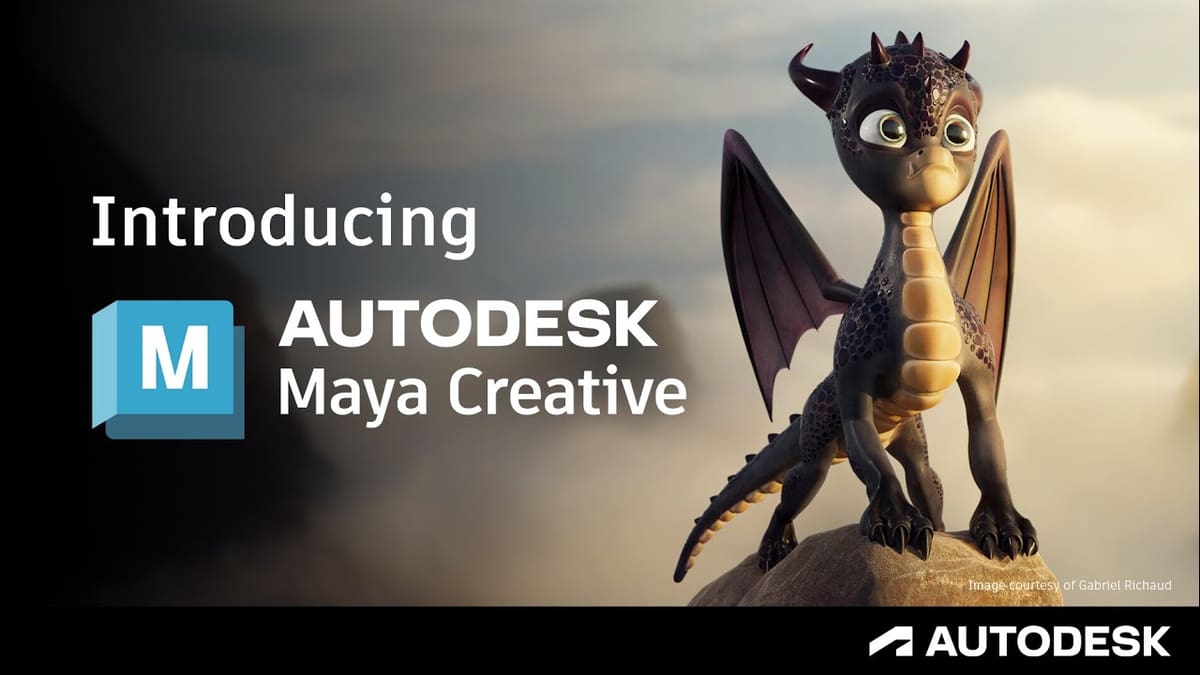
Professionals in film, TV, and game production as well as occasional Maya users might find greater utility in Autodesk’s “lighter” version of Maya, called Maya Creative. It includes most animation, rigging, modeling, and rendering features that can be found in the full version but lacks many dynamics and effects tools.
Like the full Maya software, Maya Creative also can be trialed for a limited time. It can be accessed via the Maya Creative overview page.
- Click “Download free trial”.
- Choose the type of user that best fits you from the drop-down menu.
- Enter your personal information to create an Autodesk account. Alternatively, sign in to your existing Autodesk account.
- Enter your business information, if any, then click “Next”.
- Read the Trial Notice and click “Begin download”.
- Install, and start using the free trial.
- Read the Trial Notice and click “Begin download”.
- Install, and start using the free trial.
Maya Creative is a lower-cost version of Maya with support for a broader range of workflows and without the limitations of its predecessor, Maya LT, which is no longer available. These limitations included reduced poly count export, lack of rendering capability, and the inability to save projects in Maya’s native file format.
Unlike Maya, Maya Creative can only be used via the Autodesk Flex token system. This pay-as-you-go option for daily product use will cost one token for 24 hours of access. See the pricing section for more information.
Maya Indie
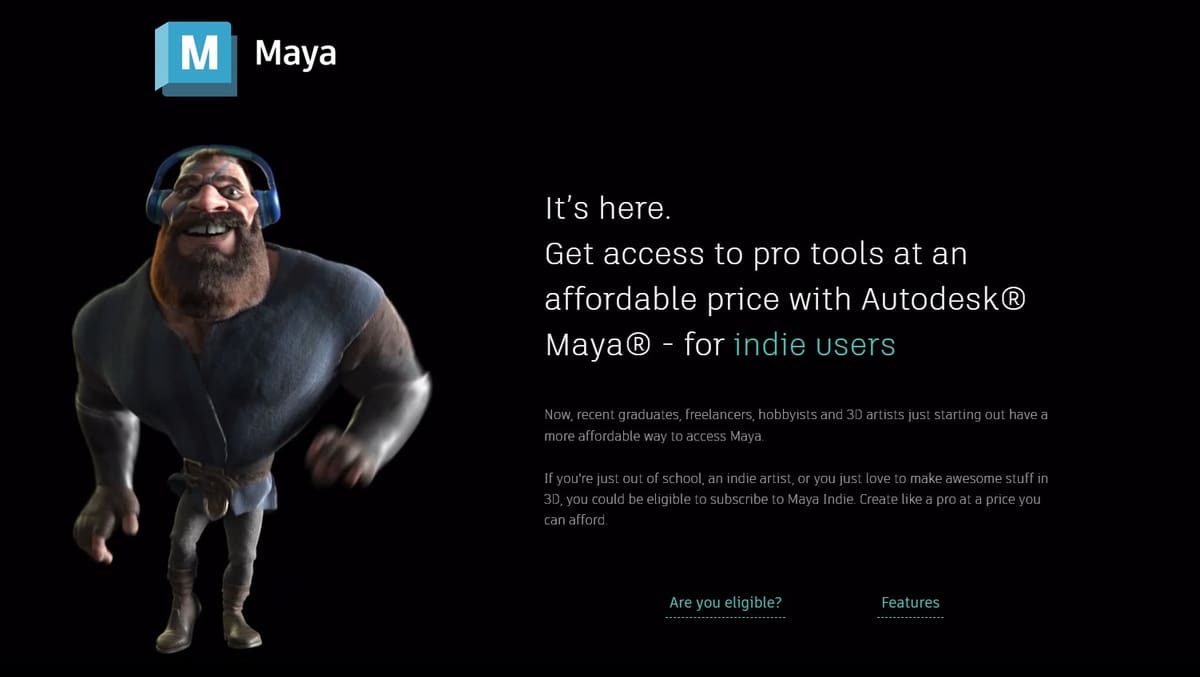
If you are an indie user, meaning either a recent graduate, freelancer, hobbyist, or 3D artist just starting out, you may also be eligible to subscribe to Maya Indie, which is the full version of Maya that is offered at a lower price ($305/year) for individuals who meet the following criteria:
- Total gross revenue from creative work that is less than $100,00.
- Located in a country where Maya Indie is available.
In addition, it should be noted that this license can’t be used on any project valued over $100,00, and only one license subscription can be used per user or organization. You can try out the free trial version of Maya for 30 days before committing to purchasing a Maya Indie subscription.
Getting Started
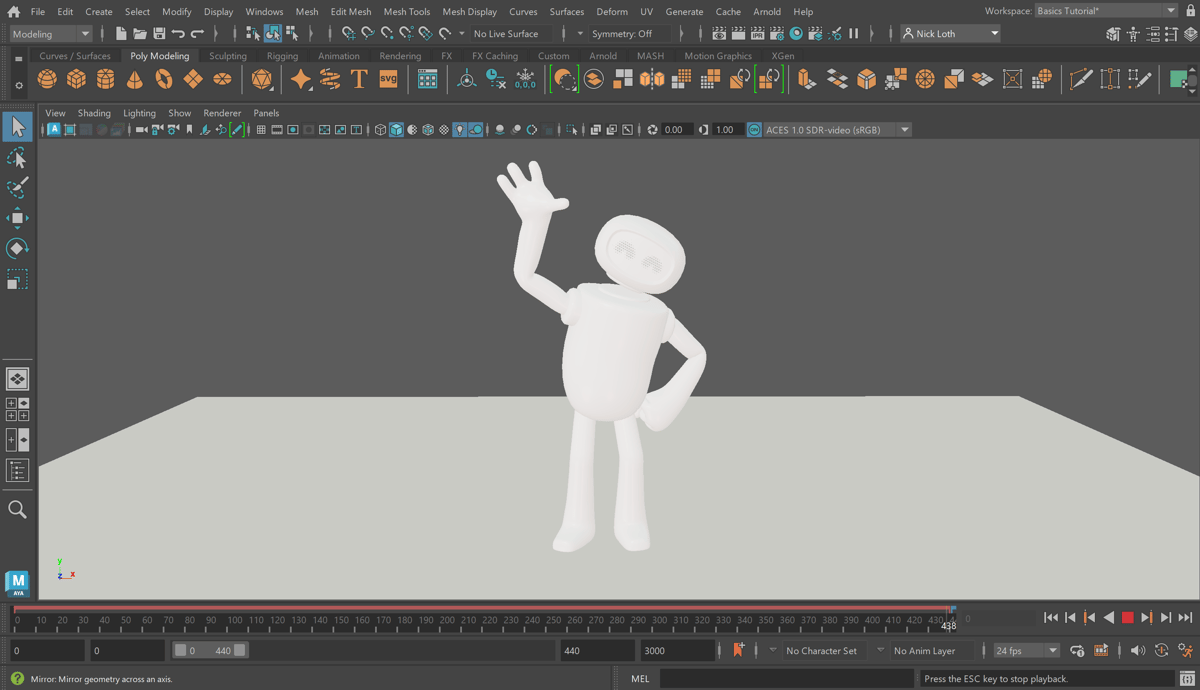
Autodesk has a number of guides and tutorials to help you get to grips with the very basics of Maya and the Arnold rendering engine as well as the Bifrost simulation programming system.
The Maya Support and learning center should be your first address if you are a complete novice and are looking for a place to start. If you downloaded Maya Creative, you will find a selection of beginner’s tutorials right here. In case you still want to learn Maya LT despite its discontinuation in December, you can also find some beginner’s tutorials here to get started on your journey. Upon opening Maya, you can also click on “Learning” on the home screen to start the interactive walk-through of the program.
There’s a significant library of short user guides and feature breakdowns over on the official Maya Learning Channel on YouTube. There you’ll find content covering the software basics, modeling, animation, rigging, lighting, and simulation. Once you are ready to take off the training wheels, various content creators on YouTube from all industries offer intermediate and advanced tutorials to further specialize in your respective field.
If you are stuck with something or simply looking to exchange with other users, you can also stop by the Maya and Maya Creative forums.
Top Features & What's New in Maya 2026
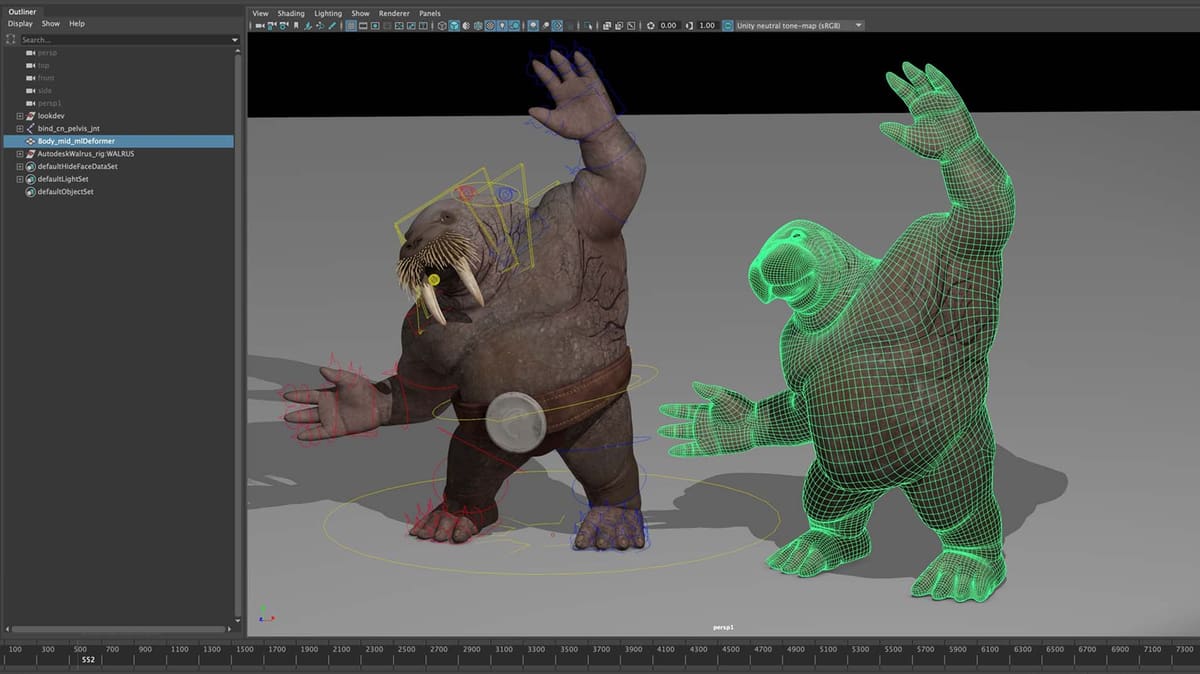
Historically, Autodesk Maya was (and for some, still is) the industry standard for 3D animation in the entertainment industry. If it involves the movement of cameras within digital 3D space and the movement and interaction of objects in the frame, Maya has done it. But Maya is not just limited to pure animation. 3D modeling tools for creating assets, plus other systems such as the Bifrost simulation system and Arnold rendering engine, give the program versatility beyond the narrow window of its reputation.
Polygon and NURBs-based 3D modeling
Maya continues to support polygon and NURBs-based 3D modeling, along with sculpting tools. The acceptance of Universal Scene Description (USD) imports remains a key feature, and Maya 2026 has expanded USD functionality by adding light linking support for better interoperability.
Animation
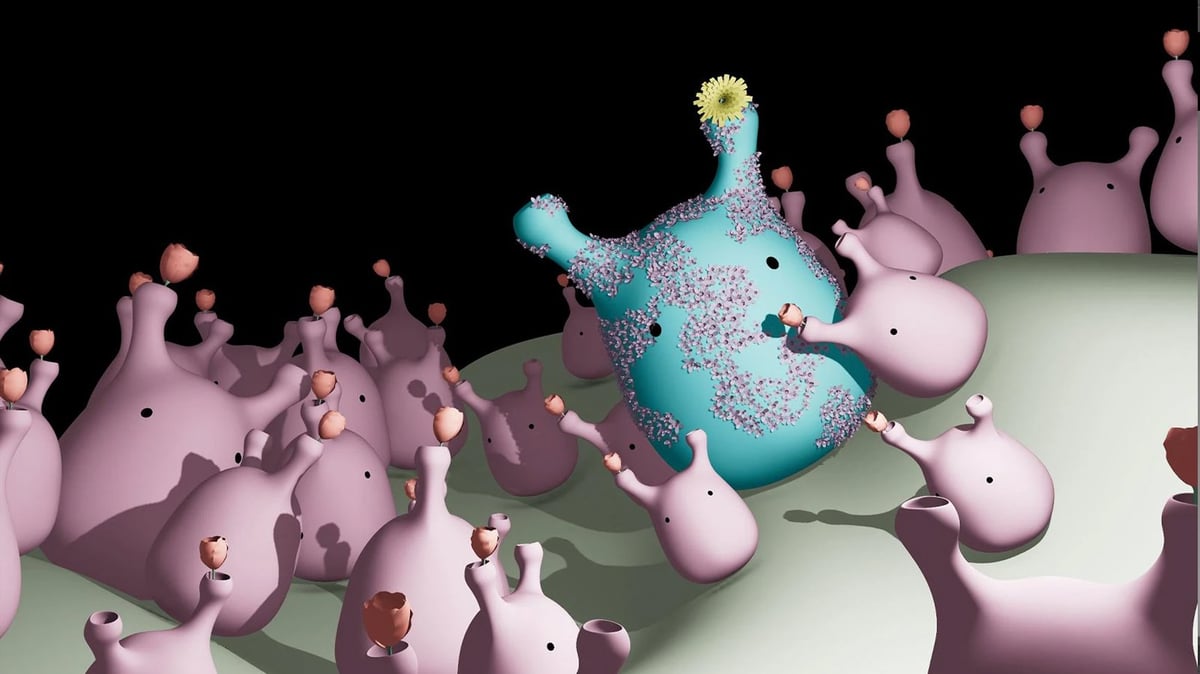
The keyframe-based animation system and graph editor remain core features. A new update in Maya 2026, “Animate in Context,” allows animators to view surrounding shots within their workspace when working in Flow Production Tracking, improving animation continuity.
Rigging
Rigging, an integral part of character animation, is also a key feature of Maya. Maya still supports IK handles, skinning, and retargeting animation to different skeletal structures. The ML Deformer in Maya 2026 has improved, now including heat map visualization, reduced noise, and better performance.
Simulation

The node-based Bifrost simulation programming environment is a separate download but gives Maya superpowers to create accurate and photorealistic physical effects. This is the kind of work you would be doing in Houdini or Cinema4D and illustrates the all-in-one nature of many modern 3D modeling software. The Bifrost simulation system remains an external plug-in but is still deeply integrated into Maya for creating complex fluid, fire, and smoke effects. Maya 2026 includes a new FLIP solver with adaptive resolution and particle-based foam simulation for more realistic liquid effects.
Rendering
For rendering scenes, Maya uses Arnold, an unbiased, real-time renderer that is itself something of an industry standard. A shading, textures, and materials workflow caters to the look of objects in scenes, how light interacts with them, and the overall style. Arnold remains the primary renderer in Maya and is considered an industry standard. In Maya 2026, Arnold now supports GPU-based Cryptomatte, a new transmission_shadow_density parameter, and Global Light Sampling optimizations for better render efficiency.
What’s New in Maya 2026
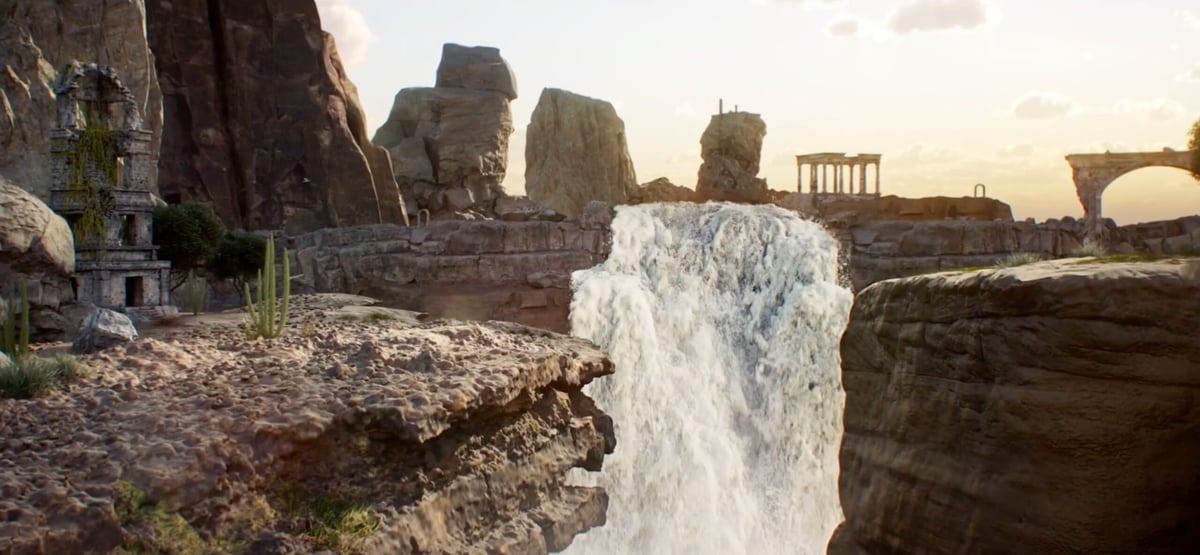
Maya is constantly evolving to stay up-to-date with industry changes and innovation.
Autodesk Maya 2026 introduces several enhancements and new features across its core functionalities:
Modeling
Boolean Operations: A new Volume mode in the Boolean node lets you quickly create unified meshes from watertight operations, facilitating the combination of blocked shapes into organic models like creatures and characters.
STL File Handling: A new dialog enables users to more easily set scale units when importing or exporting models in STL format, improving compatibility with 3D printing workflows.
Retopology
Flow Retopology: Now bundled with Maya 2026, Flow Retopology allows for cloud-based processing of complex geometries. The monthly limit for cloud retopology jobs has been increased from 30 to 50!
Shading and Texturing
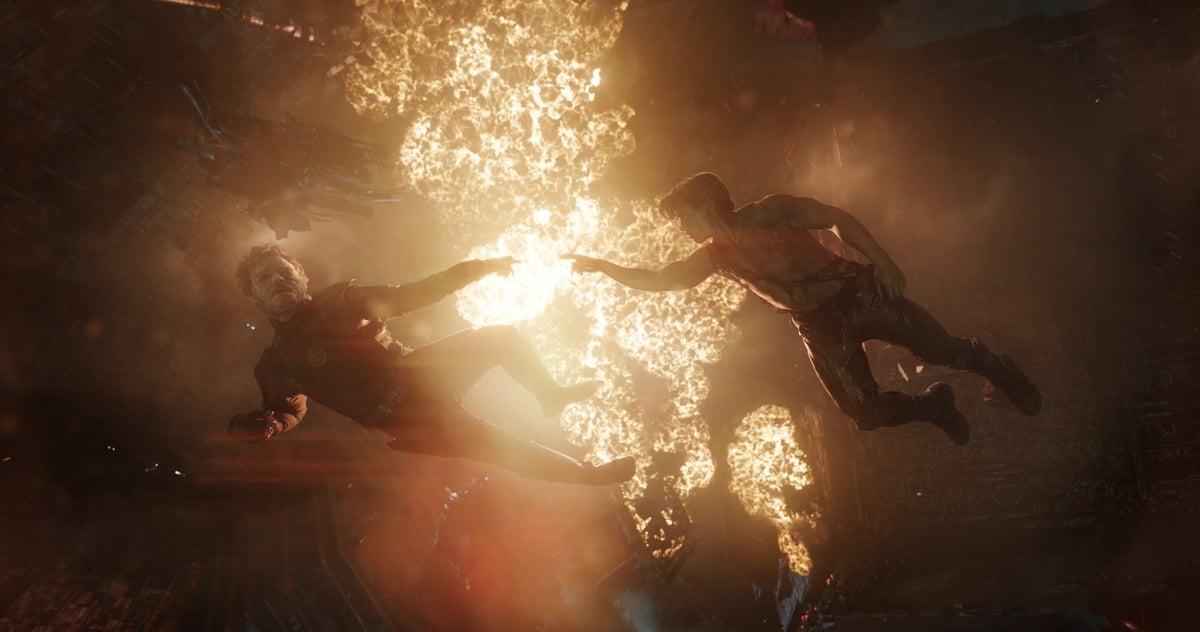
OpenPBR Integration: OpenPBR is now the default surface shader, offering a more standardized material representation across different platforms. Convenient.
LookdevX Enhancements: Updates include improved publishing workflows, support for relative file paths when exporting MaterialX documents, and a new generative textures API for integrating third-party generative AI services.
Animation and Rigging
ML Deformer Improvements: The machine learning-based deformer now features heat-map visualization to compare source and target meshes, customizable training processes, reduced output noise, faster load times, and decreased disk space usage.
Animate in Context: Integrated with Flow Production Tracking, this feature allows animators to view surrounding shots within their workspace, facilitating better continuity and context when working on scenes.
Simulation and Effects
Bifrost Liquids: A significant update introduces a FLIP solver with adaptive resolution, particle-based foam, and enhanced velocity estimation for more efficient and realistic liquid simulations directly within the Bifrost graph.
Rendering
Arnold Integration: The updated integration includes support for the Arnold 7.4.0.0 core, featuring a new transmission-shadow-density parameter for transparent objects, improved Global Light Sampling that accounts for material glossiness, and enhanced GPU support for Cryptomatte, leading to better performance and render quality.
Pipeline Integration
USD for Maya: The Universal Scene Description plugin now supports light linking, enhancing interoperability and flexibility in complex production pipelines.
Additionally, the Golaem plug-in, acquired by Autodesk last year, is now available exclusively within the Media & Entertainment Collection, enabling users to efficiently create and control crowds of characters within their scenes.
System Requirements
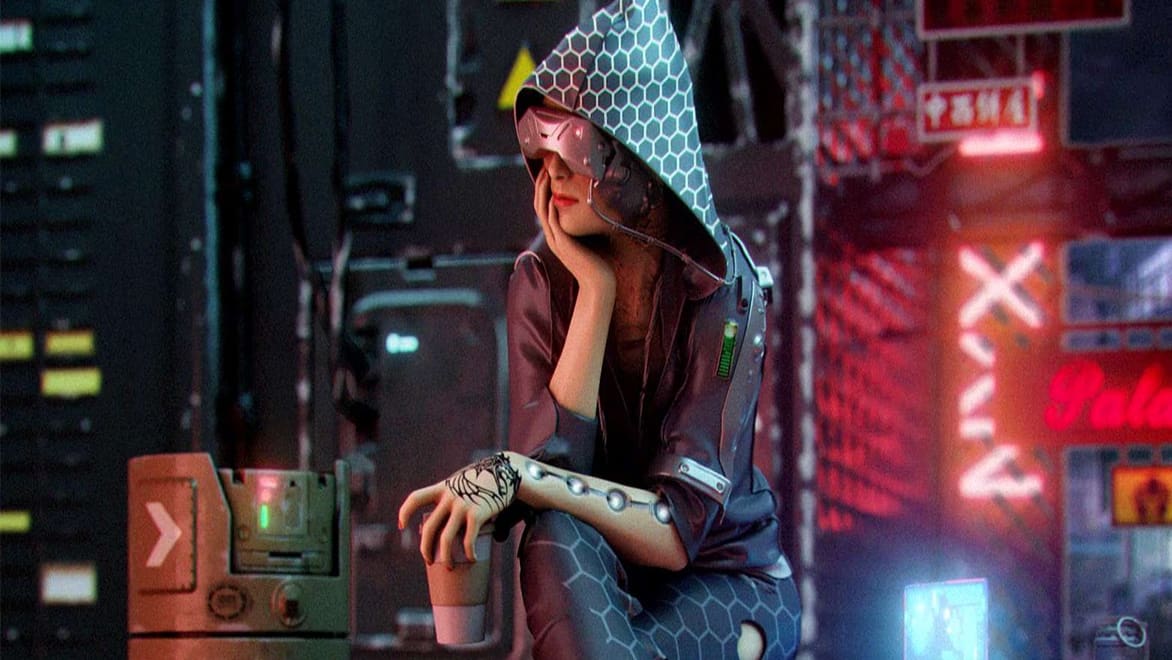
The basic and recommended system requirements to run Autodesk Maya 2025 are as follows:
- OS: Windows 10, version 1809 or higher. macOS 12.x and newer. Linux RedHat Enterprise 8.7 WS, 9.3 WS. Rocky Linux 8.7, 9.3.
- Processor: 64-bit Intel or AMD CPU. macOS, Apple Silicon arm64 or Intel x86.
- RAM: 8 GB minimum (16 GB or more recommended)
- Disk Space: 7 GB of free disk space for installation
If you want to install Maya Creative 2025, the minimum requirements are similar, but it does mean that as a Linux user, you are out of luck.
- OS: Windows 10 or macOS 10.14.x and newer
- Processor: 64-bit Intel or AMD multi-core processor with SSE 4.2 instruction set, Apple M-series silicon using Rosetta 2
- RAM: 8 GB minimum (16 GB or more recommended)
- Disk Space: 7 GB of free disk space for installation
Maya LT yet again requires slightly different minimum system settings:
- OS: Windows 7 or macOS 10.13.x and newer
- Processor: 64-bit Intel or AMD multi-core processor with SSE 4.2 instruction set
- RAM: 8 GB minimum (16 GB or more recommended)
- Disk Space: 4 GB of free disk space for installation
Pricing

If you’re compelled to pay up for Maya, Autodesk presents a few ways for you to access it, including the company’s new credits-based Flex system. Since credits become cheaper when purchased in bulk, prices depend on the initial investment. Generally, the minimum purchasable amount of 100 tokens will cost you $300, so that’s $3 per token.
Maya
- Monthly: $245
- Annually: $1,945
- Flex pricing: Minimum $300, 100 tokens over 1 year
Maya Indie
- Annually (US): $320
Maya Creative
- Flex pricing: recommended 100 tokens per year for $300
Autodesk Maya 2026 Crack
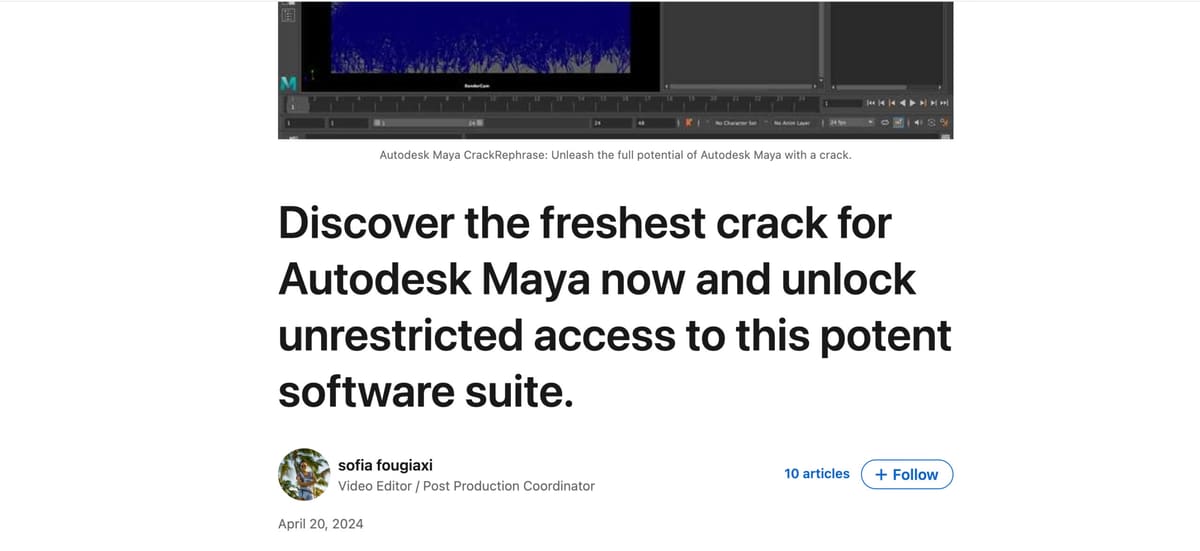
Crack, hack, jailbreak, there’s no shortage of online schemes claiming to deliver a free backdoor to a full version of AutoCAD. So before you spend hours sliding down the internet rabbit hole of paid links and clickbait, we’ll tell you the truth: it doesn’t exist.
Autodesk didn’t get to be one of the largest, most trusted, and most respected software companies in the world by having flaws in its code. Plus, the company’s battalion of lawyers is typically all over these internet fraudsters with cease-and-desist orders faster than you can render a drawing.
Attempting to crack software for free use is not only illegal (a violation of licensing, copyright, and intellectual property laws) and ethically wrong, but it typically doesn’t even work. Cracked software opens you up to malware, which is its intention, and without proper licensing is prone to unexpected errors and frequent crashes.
Sometimes you’ll be asked to pay to join a community to get access, which is just illegal sharing of log-in information (which you can’t use for long). Don’t fall for it, there are legal alternatives.
If you can’t afford Maya just yet at this point in your design career, there are free and lower-cost alternatives.
The Swiss Army Tool of 3D modeling software, Blender — used to create the Academy Award winning animation Flow — is many things to many people. To us, it’s an excellent free 3D design platform providing a dizzying number of modeling tools for absolutely nothing. There is no better value to be found in 3D modeling.
Used by hobbyists, students, and professionals alike. You can tackle 3D modeling in a number of different ways: with ZBrush-like sculpting and mesh-based modeling all possible. Upon startup, you can choose from many workspaces, including animation, video editing, visual effects, and, most pertinent to this article, sculpting and ‘General,’ where you can access the modeling workspace.
The program was, for a time, infamous for its overwhelming menu options and difficulty, but this is no longer the case. A much cleaner UI and immense tutelage from the project and community alike leaves no stone unturned for newcomers. A new node-based workflow brings supreme flexibility to your work, too.
Unreal Engine

It won’t be long until you can do everything thinkable in the digital realm inside Epic’s Unreal Engine tool. As of 2020, Unreal gained 3D modeling abilities that allow you to create assets and scenes directly in the engine, cutting out the necessity to model in other programs first.
It’s not as robust as the likes of Blender or Cinema 4D, but a huge benefit comes from Unreal’s integration with another Epic product: Quixel. As an Unreal Engine subscriber, you get access to Quixel’s huge Megascan photorealistic asset library and can use the Bridge tab to quickly drop them into Unreal.
It’s a shortcut to photorealistic scenes and, if you’re building up a world for gaming, you’re already in the perfect environment to develop your models into an interactive product.
Being a tool for interactive entertainment, rigging, animation, and skinning your creations are strong suits of Unreal Engine, but the mere ability to flesh out hard and soft body concepts from scratch is great.
To top it off, Epic Games’ recent acquisition of Sketchfab strengthens its future as a 3D modeling platform. With Sketchfab’s marketplace for 3D assets set to remain in step, if not even more closely integrated with Unreal Engine and Epic’s other 3D offerings, in the future.
Unreal Engine is free for creating linear content, custom projects, and internal projects. For game development, a 5% royalty must be paid when a title earns over $1 million.
Houdini Apprentice
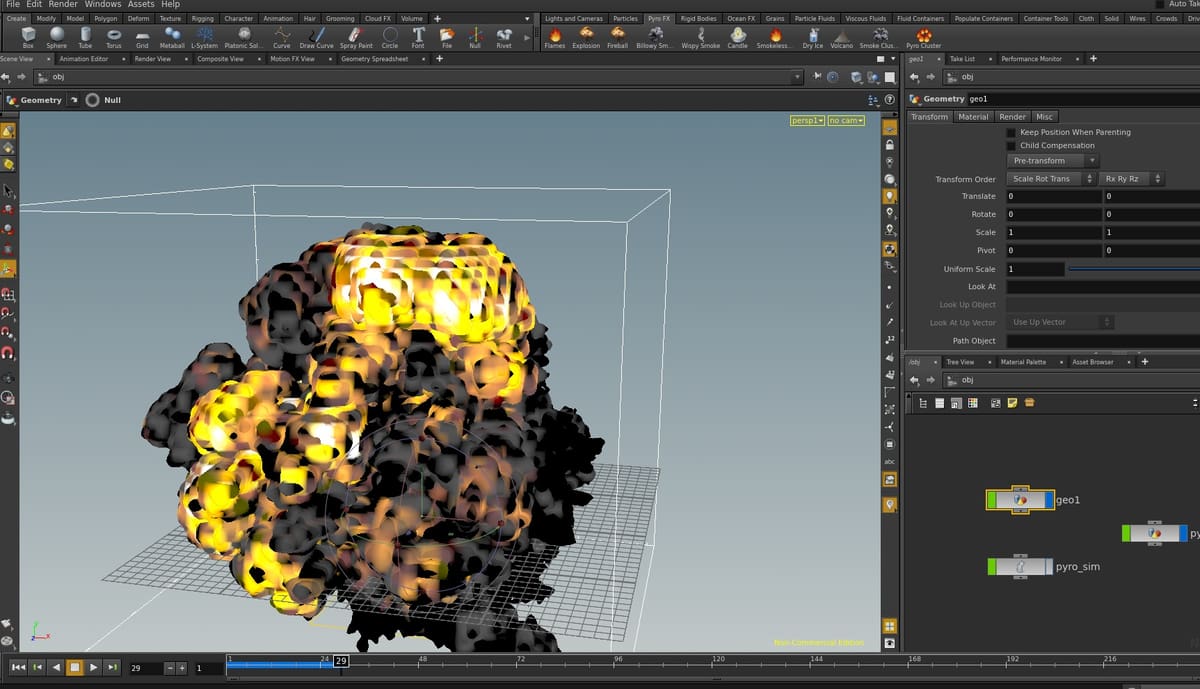
Houdini Apprentice is a free version of Houdini FX and excels in procedural generation and simulation for animation, and is responsible for some of Hollywood’s most awe-inspiring shots in massively popular films such as Disney’s Frozen.
Its node-based workflow gives a simple overview of complex scenes, letting changes cascade through the project with minimal user effort. Procedural modeling tools can make light work of building large assets with consistency and a sense of place according to the users’ rules.
While model creation is certainly possible in Houdini, the program also integrates very well with popular 3D modeling software from other companies thanks to its Houdini Engine plug-in and distribution system. This allows Houdini-made elements of a project to be exported into the likes of 3ds Max, Cinema 4D, and Maya for collaboration, serving as smart assets in a distributed working pipeline.
The export-limited Houdini Apprentice offers full access to this power modeling software. The program is not as preferred as Maya for animation, but it’s still more than possible as the software itself comes attached to industry-leading VFX tools.
Lead image source: LAIKA, via Autodesk
License: The text of "Autodesk Maya 2026: Free Download of the Full Version" by All3DP Pro is licensed under a Creative Commons Attribution 4.0 International License.


